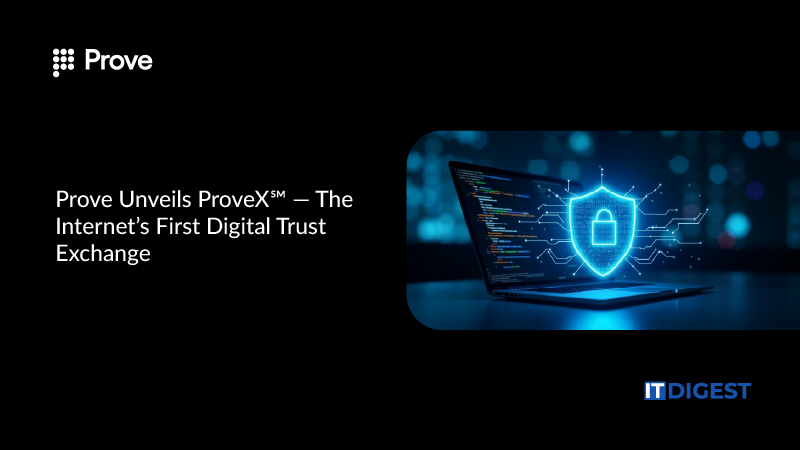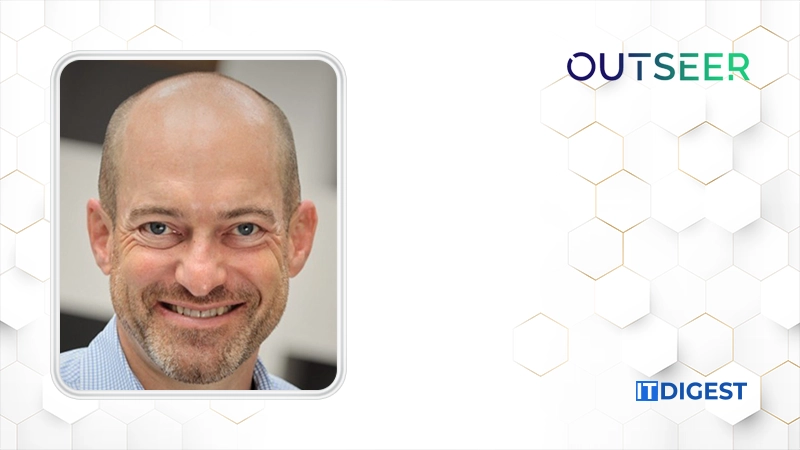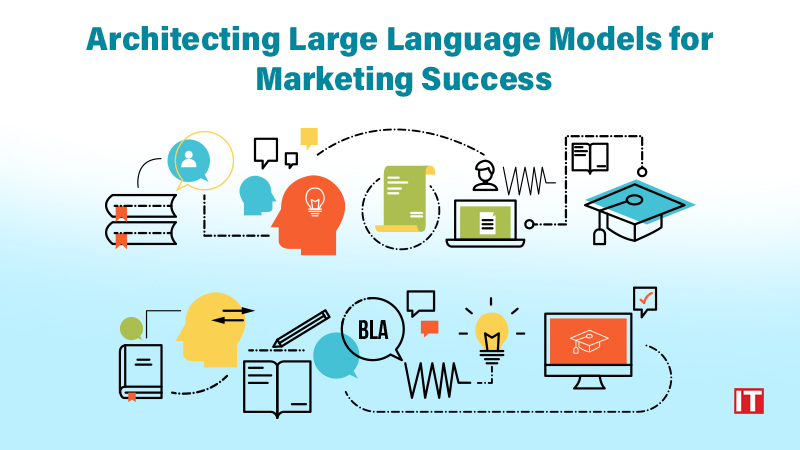Large Language Models (LLMs) like Open AI’s ChatGPT series and Google Bard are enchanting enterprises the world over. LLMs have impressed with their wizard-like ability to wave a wand over an ocean of documents and extract relevant information based on user-generated prompts and, like magic, cogent answers get returned. For forward-thinking marketers, LLMs have become a secret weapon, helping them apply new thinking towards topics like budgeting, customer insights, content generation, and ad campaign optimisation. Using LLMs for specific queries is simple and user-friendly enough, but fine tuning to an organisation’s unique use cases can unlock their true potential. Beyond marketers and other early adopters, enterprise decision-makers will want to know how to incorporate LLMs across the wider enterprise for marketing and other functions. In these cases, domain and data experts must collaborate in order to integrate models into the existing enterprise processes and data. Marketers can integrate and leverage LLMs within the enterprise in two ways:
Model-as-a-Service (MaaS) via Application Programming Interface (API)
The first approach and most straightforward is to outsource. Marketing teams can leverage pre-trained LLMs through cloud-based APIs by the likes of GCP, Azure, and AWS. Marketers can take advantage of the power of LLMs without the complexity of requiring their enterprise IT teams to support them. The service provider maintains the models, ensures smooth functioning, and takes care of updates.
The MaaS approach provides a quick and easy way to use powerful language processing features in their marketing initiatives. Chatbots, content generation, and sentiment analysis designed with LLMs can keep marketing teams ahead of the competition. Further, marketing teams can gain
valuable insights from customer feedback, social media conversations, and consumer trends, making it simpler to inform marketing strategies and identify emerging opportunities.
MaaS has advantages, yet limitations exist. One of the most important is the dependence on the provider for appropriate data handling practices. Incorrectly managed data can compromise data residency and privacy, putting organisations at risk. Cost can also be an issue as usage increases.
MaaS offers flexible pricing but API providers charge by the number of queries and quantity of text submitted. This flexibility can turn a well performing experiment into an expensive mistake if not monitored. Marketers must also assess and accept the risk that network and system issues can interrupt use and the provider could go out of business or shutter the service.
Also Read: The 3 Stages of the Data Privacy Maturity Curve
Managing Open Source LLMs in an Organisation’s Environment
The second approach marketers (and businesses) can pursue is to download and run an Open Source LLM within their own environment from platforms like huggingface.co. These platforms aggregate a wide range of general and domain-specific models, enabling companies to choose
what best suits their needs without being limited by vendor lock-in. Open Source models allow marketers to explore and experiment with new advancements and customise them to their specific needs, such as industry, target audience, or brand identity. Also, self-management can be a
cost-effective alternative for small marketing teams with limited budgets. But, there is a compromise to self-managing Open Source LLMs; most organisations won’t be able to do so with their in-house engineering teams and will most likely require outside help. Getting started with an LLM can be straightforward but maintaining an LLM requires expertise in many areas, like data science, machine learning, NLP, and engineering. Further, LLM model tuning requires architecture, programming language and training procedure understanding, all skills in short supply. Also, Open Source models can lack contextual understanding and the extent of customisation is likely to be limited, as communities for Open Source models are smaller and more focused on their application, unlike the unbound choices of MaaS.
Choosing the right approach
Given the tradeoffs between the different approaches, how can an organisation be sure to choose the one that’s right for them?
There is no one-size-fits-all approach that will be appropriate for marketing teams or the whole enterprise. The better option is for organisations to team up with the right solutions partner — one that offers expertise in data science, machine learning, and NLP — to assist them in selecting the
most suitable model and architecture for their desired applications or use cases. With expert support, enterprises can build the requisite broader framework necessary for deploying any LLM or AI use case and harness their magic for their marketing strategies or overall operations. Through building the right foundation, businesses will then have the flexibility to deploy their chosen LLM model with key features that include data connectors, data preparation capabilities, automation, and governance — all the right ingredients to ensure LLM wizardry can continue to
revolutionise marketing strategies.
































